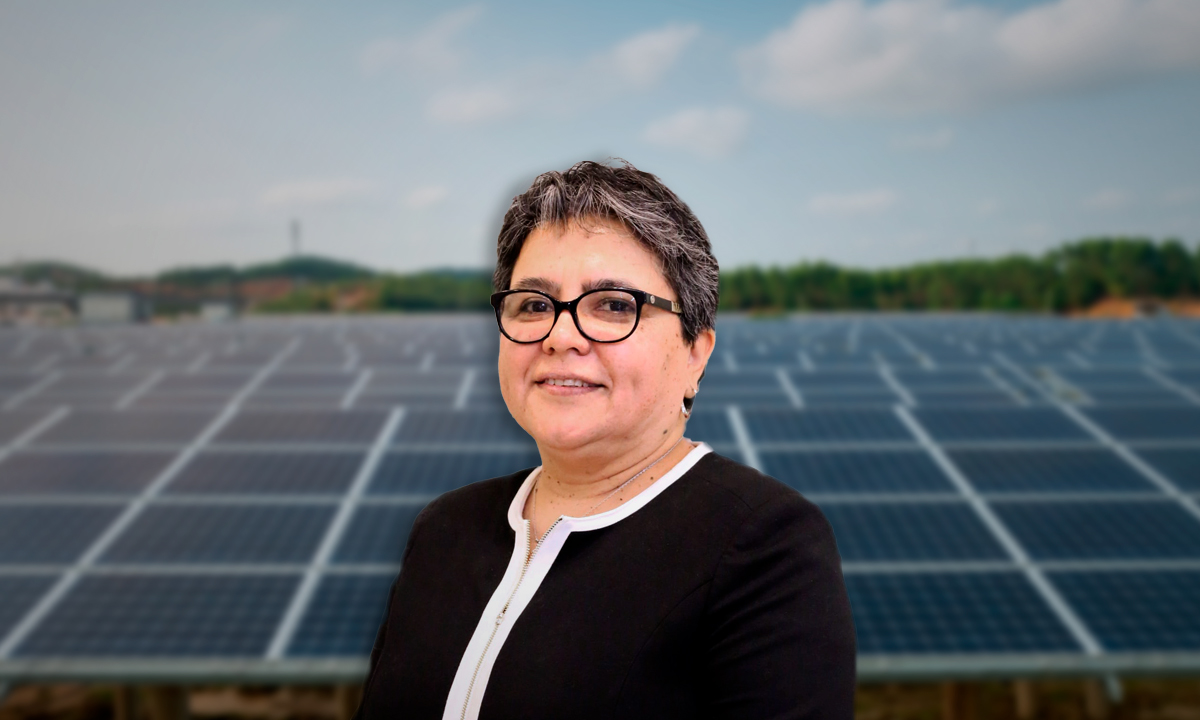We don’t need the G7

NEW YORK – The recent summit of the Group of Seven was a waste of resources. If it has to be held, let it be virtual, to save time, logistical costs and aviation emissions. But on a more basic level, the G7 summits are already becoming an anachronism. The political leadership should stop devoting its energies to an activity that does not represent the current state of the global economy, the results of which show an almost complete disconnect between the declared goals and the means chosen to achieve them.
At the G7 summit, there was absolutely nothing that couldn’t be done more cheaply and more easily by meeting regularly through the Zoom platform. The most useful diplomatic gathering this year was the April conference call between President Joe Biden and 40 world leaders to discuss climate change. Regular virtual meetings of politicians, parliamentarians, scholars and activists from all over the world are important, as they normalize international debate.
But why keep these discussions within the G7, which the G-20 has already overtaken? When the G7 nations—Germany, Canada, the United States, France, Italy, Japan, and the United Kingdom—began to hold their annual summits in the 1970s, they still dominated the global economy. In 1980 it represented 51% of world GDP (in international prices), while developing Asian countries accounted for only 8.8%. In 2021, those same proportions were only 31% for the Group of Seven and 32.9% for Asian countries.
The Group of Twenty, which includes China, India, Indonesia and other large developing countries, accounts for about 81% of global output, balancing the interests of high-income and developing economies. It is not ideal, as it excludes smaller and poorer countries, and should join the African Union (AU) as a member, but at least it provides a fruitful formula for discussing global issues that involve most of the world economy.
Many of the issues for which the G7 meetings were originally created can be addressed at the annual EU-US summit.
The insignificance of the G7 is demonstrated by the fact that its leaders do not keep their promises. They like to make symbolic statements, rather than solve world problems. Even worse, when they seem to work it out, they are actually letting it get worse. And this year’s summit was no different.
Take, for example, the vaccines against Covid-19. The G7 has set a goal of vaccinating at least 60% of the world’s population. It also promised direct delivery of 870 million doses over the next year, which is enough to immunize a total of 435 million people (at a rate of two doses per person). But 60% of the world’s population is 4.7 billion, which is ten times more.
The G7 did not come up with a plan to achieve the stated goal of global coverage; Indeed, he did not explain (although it would not be difficult to do) estimating the monthly production of all Covid-19 vaccines is simple, and allocating doses fairly and efficiently to all countries is entirely possible.
One reason for the lack of such a plan is the US government’s refusal to sit down with Russia and China to set up an international allocation mechanism. Another reason is that G7 governments allow vaccine manufacturers to negotiate covertly, rather than as part of a global plan. Perhaps the third reason is that the Group of Seven industrialized nations has set a general global goal without paying much attention to the needs of each host country.
Another example of the false promises of the G7 is climate change. At the recent summit, the goal of achieving decarbonization of the global economy by 2050 was correctly set, and developing countries were asked to do the same. But instead of proposing a funding plan to help them reach the goal, the G7 repeated a promise they made in 2009 but did not deliver: “We reaffirm the collective goal of developed countries to jointly mobilize $100 billion annually, private sources, from now And until 2025 inclusive, in the context of significant mitigation measures and transparency in implementation.”
The irony of this vulgar promise is obvious. Rich countries did not meet their self-imposed deadline (2020) to provide $100 billion annually (just 0.2% of their annual GDP). This promised 100 billion is a small part of what developing countries need to decarbonize and adapt to climate.
The contrast between the lofty views of the G7 and its miserly media is also evident when it comes to education. Hundreds of millions of children in poor countries do not have access to primary and secondary education because their governments lack the financial resources to provide teachers, classrooms and materials.
In 2020, UNESCO estimated that low-income and lower-middle-income countries need about $504 billion annually between now and 2030 for all students to finish high school, but they only have about $356 billion of their own resources, leaving a fiscal deficit It amounts to about 148 thousand million dollars annually.
What does this year’s G7 statement say about it? It proposes “a goal of increasing the number of girls in school by 40 million, with at least $2.75 billion for the Global Partnership for Education.” They are not serious numbers. These are straightforward numbers that keep hundreds of millions of children out of school, despite the world’s firm commitment (enshrined in Sustainable Development Goal 4) to ensuring universal access to secondary education.
Large-scale solutions exist (for example, mobilizing cheap financing from the multilateral development banks), but the G7 is not proposing them.
The world’s problems are too urgent to be satisfied with empty statements and measures that are only a small part of what is needed to achieve the stated goals.
If politics is a televised sport and politicians are judged on their ability to speak well in front of the camera, then perhaps the G7 summits make sense. But the world has urgent needs to meet: ending the pandemic, decarbonizing the energy system, education and achieving the Sustainable Development Goals.
My recommendations: fewer face-to-face meetings, more serious work to connect means and ends, regular Zoom meetings to discuss real needs, and give more importance to the G20 (with the African Union) as a group of countries with real capacity to deliver.
To seriously solve the world’s problems, Asia, Africa and Latin America must be present.
* The author is a professor at Columbia University, director of the Center for Sustainable Development at Columbia University and president of the United Nations Sustainable Development Solutions Network. He has served as an advisor to three United Nations secretaries-general and currently works as an advocate for the Sustainable Development Goals under Secretary-General António Guterres. His books include The End of Poverty, Common Wealth, The Age of Sustainable Development, Building the New American Economy, A New Foreign Policy: Beyond American Exceptionalism, and most recently, The Ages of Globalization.

“Award-winning zombie scholar. Music practitioner. Food expert. Troublemaker.”









